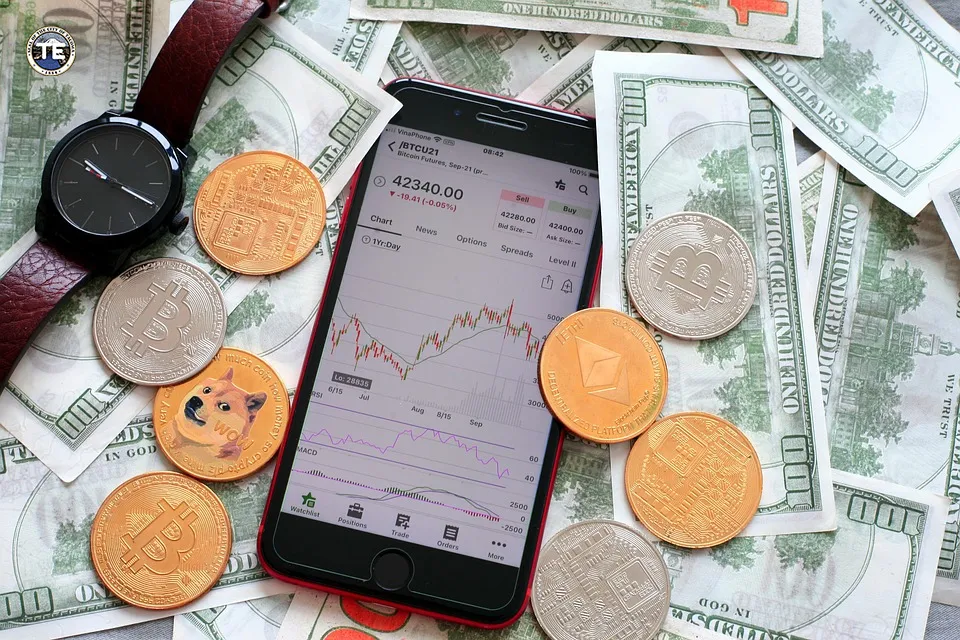A recent report from the cryptocurrency payments platform Oobit reveals a significant shift in how digital currencies are used across the European Union. The data shows that 70% of cryptocurrency transactions are made in the retail, food, and beverage sectors. This finding underscores the growing acceptance and integration of digital assets into everyday life, suggesting that cryptocurrencies are moving beyond speculative investments and becoming a practical means of exchange.
The report analyzed user spending habits and denominated all transactions in US dollars and found that the average cryptocurrency payment size using the Oobit app was $8.36, while the average deposit was around $85. This trend indicates that consumers are increasingly comfortable using cryptocurrency for small, routine purchases, further embedding digital currencies into daily economic activities.
The Oobit report was published amid cryptocurrency adoption in the European Union. This surge in crypto payments comes as the EU implements extensive crypto regulations, providing a framework that enhances the credibility and security of digital transactions. Notably, the report highlights that 92% of these payments were made using the USDt (USDT) stablecoin, despite regulatory challenges posed by the EU's Markets in Crypto-Assets (MiCA) regulation, which took full effect on December 30, 2024.
Retail and Food: Dominant Sectors for Crypto Use
The retail, food, and beverage sector's dominance in cryptocurrency payments reflects a broader trend of digital currencies used for everyday transactions. This shift is facilitated by the increasing number of merchants accepting cryptocurrencies and the development of user-friendly payment solutions. The Oobit report suggests that integrating crypto into these sectors is not just a passing trend but a significant evolution in consumer behavior.

Moreover, the ease of using stablecoins for transactions has played a crucial role in this transition. Stablecoins, which are pegged to fiat currencies, offer a stable value that makes them an attractive option for consumers and merchants who wish to avoid the volatility typically associated with cryptocurrencies like Bitcoin and Ethereum.
Tourism and Miscellaneous Payments
Beyond retail and food, the Oobit report indicates that 26% of cryptocurrency payments are directed toward tourism-related activities, such as lodging, travel, and aviation. This aligns with the growing trend of crypto-friendly travel services catering to tech-savvy travelers seeking alternative payment methods. Additionally, 1.5% of payments were made towards government services and digital payments, with another 1.5% for miscellaneous purchases, including healthcare and entertainment.
These findings highlight the versatility of cryptocurrencies as a payment method across diverse sectors, suggesting a future where digital currencies could become a standard payment option for a wide range of services.
Technological Advancements Fueling Adoption
Technological advancements have been pivotal in driving the adoption of cryptocurrencies for everyday transactions. Innovations like the Lightning Network have enabled quick and low-cost micropayments in Bitcoin, making smaller purchases feasible. Furthermore, crypto debit cards, which offer “crypto-back” rewards, has incentivized consumers to use digital currencies more frequently.
The global adoption of such technologies is evident, with companies like Nubank and IBEX expanding crypto payment options to millions in Latin America. These developments indicate a growing infrastructure that supports the seamless use of cryptocurrencies in various markets.
The Role of Stablecoins in Crypto Adoption
Stablecoins like USDt and Circle's USDC have been instrumental in the mainstream adoption of cryptocurrencies. According to DefiLlama, the stablecoin market cap has surged from $62.8 billion in April 2021 to $229.6 billion in March 2025, marking a 266% increase. This growth is attributed to the stability and reliability offered by these fiat-pegged digital currencies, especially in developing countries where local currencies face devaluation.
As Arthur Azizov, CEO of B2BINPAY, noted, the future of crypto payments may see further evolution with the introduction of central bank digital currencies (CBDCs). These developments could push consumers towards decentralized options, enhancing the interplay between crypto payment providers and traditional financial institutions.
Future Outlook: Crypto as a Standard Payment Method
The findings from the Oobit report suggest a promising future for cryptocurrencies as a standard payment method. As more sectors integrate digital currencies into their payment systems and technological advancements continue to enhance user experience, the role of cryptocurrencies in the global economy is set to expand.
The increasing acceptance of digital assets in the EU and the growing market for stablecoins indicate that cryptocurrencies are poised to become a staple in financial transactions. As regulatory frameworks evolve and technological innovations advance, the potential for cryptocurrencies to revolutionize the way we conduct everyday transactions becomes increasingly tangible.

Lifelong bacon junkie. Lifelong internet fanatic. Hipster-friendly travel aficionado. Twitter lover. Avid food buff. Incurable travel trailblazer.













